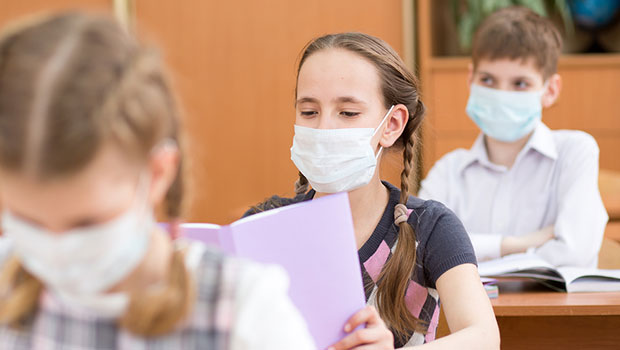New CEA Equity and Reopening School Survey highlights steps that must be taken before schools reopen.
The top concerns of teachers regarding any return to school are the health and well-being of their
students, ensuring they have access to computers and online resources, and keeping them safe when
schools reopen.
Teachers say specific actions must be taken before schools reopen, including
- Establishing statewide protocols and protections for all schools.
- The protections should include disinfecting schools, devices, and desks, guidelines for wearing
masks and social distancing, smaller class sizes, extra precautions for those at greater risk,
measures for handling students who develop fevers or become ill, actions for handling a case of
COVID-19 at a school, and guidelines for closing schools should there be another outbreak of
coronavirus.
Those are some the findings of a new CEA survey of nearly 3,000 teachers taken in late May regarding
the current health crisis in Connecticut.
“Teachers have stepped up to the enormous challenges presented by the COVID-19 crisis and instantly
went from in-person lessons to teaching students online,” said CEA President Jeff Leake. “Teachers
want the best for their students, and while we don’t yet know the specifics of when or how schools will
reopen in the fall, we all agree our top priority must be the health and safety of students, teachers, and
staff—especially those at higher risk.”
According to the survey, 43% of teachers are at higher risk for severe illness from COVID-19, and the
number increases to 71% for teachers with 30 or more years in the classroom. Nearly two-thirds (64%)
say their schools are not equipped to provide for frequent and sufficient hand washing for students and
staff to reduce the spread of the virus.
“Moving forward, schools are going to look a lot different,” said Leake. “Safeguards must be in place to
protect students and staff against a virus that has no vaccine and is not well-understood. We also must
address learning loss and trauma suffered by students.”
Prior to schools opening, teachers want the state to establish protocols for all districts to follow. Top
actions include
- A plan for reclosing schools in a timely manner if necessary.
- A reopening requirement that there must be a downward trajectory of COVID-19 cases in
accordance with protocols established by public health experts. - A system for contact tracing to identify people who have come into contact with a person who
has contracted COVID-19.
Once schools have reopened, teachers are calling for specific guidelines to help prevent the spread of the
disease. Top priorities include
- A plan for the regular disinfection of school facilities.
- A plan for when anyone who has been in the school—including a visitor—is found to be infected
with COVID-19. - Protocols and guidelines for students who ride the bus.
- Requiring everyone, including visitors, to wear face masks.
- Social distancing measures, including smaller classes, one-way hallways, no assemblies, etc.
“A decision on how and when to go back to school will ultimately be made by the governor. We hope he
will follow the recommendations of teachers, parents and public health experts as to when it is safe to go
back to school,” said Leake.
Inequities of distance learning
During the recent months of distancing learning, more than half of teachers (58%) say the process has
gotten better and is more useful now than when schools first closed. However, they have observed
serious issues with students, including frustration and stress related to online instruction, disengagement,
the inability to understand how to access online tools without assistance, a lack of adult support or
technical assistance, and conditions at home not conducive to learning.
“Distance learning will never replace those classroom interactions that engage students and maintain the
personal connections that define the teaching profession,” Leake said.
The move to distance learning has exposed huge inequities among our school districts—often between
students in the same district—but especially in the state’s Alliance Districts, the districts facing greater
socio-economic challenges. Some students don’t have laptops or Internet service. Others face food
insecurity or issues related to health and safety.
If remote learning continues into the next school year, teachers say it is vital for the state to ensure
equitable access to education for all children by
- Providing free computers or other Internet-enabled devices for students demonstrating financial
need. - Providing free access to the Internet for students who demonstrate financial need.
- Establishing a plan for teaching special education students or other students with learning needs
or disabilities. During the past two months of distance learning, teachers say more than a quarter
of students (29%) received insufficient services relative to their IEPs.
“Our teachers want nothing more than to be back in the classroom with their students,” stressed Leake.
“But any scenario for returning safely to the classroom requires resources and funding.”
Leake added, “The consequences of the crisis cannot be budget cuts that limit teachers’ ability to help
their students or take away the resources students need. We urge Congress to pass a COVID relief
package to stabilize education funding so that our cities and towns—already reeling from the current
health and economic crisis—will not cut school budgets and students will have what they need to safely
learn and succeed.”
###
The Connecticut Education Association is Connecticut’s largest teachers’ union, representing active and retired
educators across the state.
For further information contact Nancy Andrews at 860-725-6317, [email protected].







